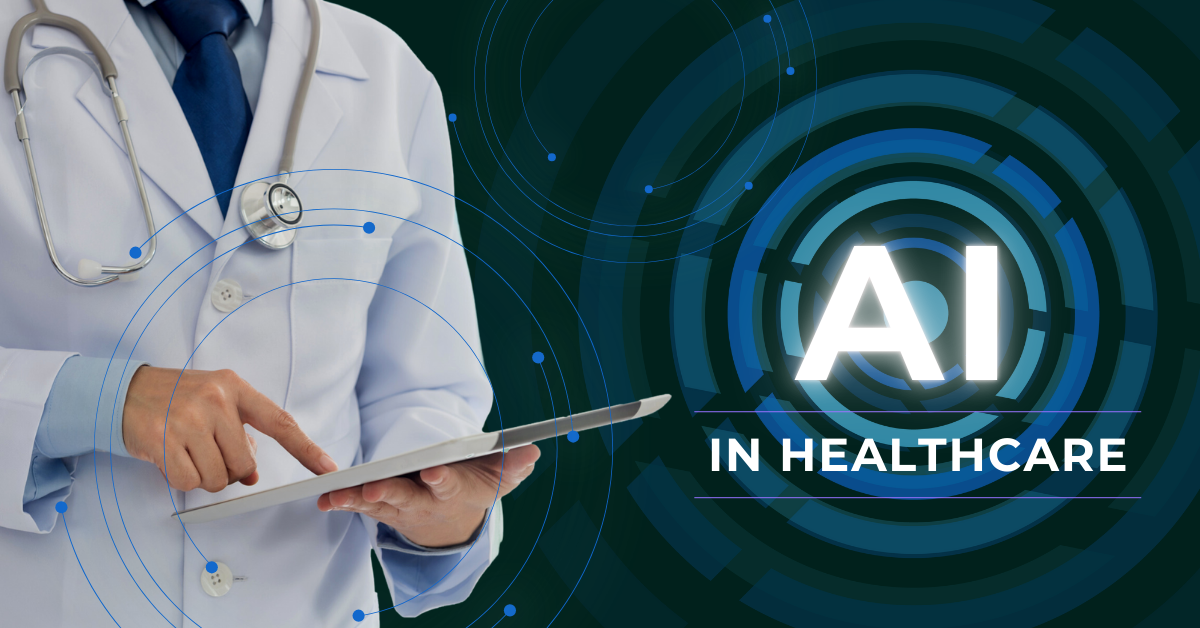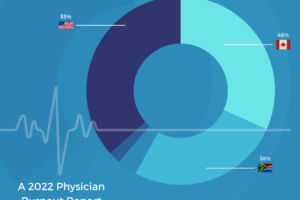Debunking the Myths: Addressing Common Misconceptions about AI Medical Scribing

Debunking the Myths: Addressing Common Misconceptions about AI Medical Scribing
Introduction
Artificial Intelligence (AI) is transforming industries, and healthcare is no exception. Among its most impactful innovations is AI Medical Scribing, a technology designed to streamline medical documentation. However, despite its potential to boost efficiency, many misconceptions persist, leading some healthcare professionals to hesitate in adopting these solutions.
In this article, we’ll debunk common myths about AI Medical Scribing, providing clarity to help healthcare providers make informed decisions.
What is AI Medical Scribing?
AI Medical Scribing is a cutting-edge technology that assists healthcare professionals by documenting patient interactions in real time. Using advanced speech-to-text technology, AI scribes listen to conversations between doctors and patients, automatically generating structured medical documentation. The goal is to reduce the administrative burden, enabling healthcare providers to focus more on patient care.
While both AI and human scribes share the goal of accurate documentation, key differences exist. Human scribes handle complex, nuanced details, while AI scribes excel in routine documentation, offering speed, consistency, and reduced human error.
With the rise of AI in healthcare, over 40% of healthcare organizations are already using or considering AI Medical Scribing to enhance efficiency and reduce workloads.
Misconception 1: AI Medical Scribing Will Replace Human Scribes
A common belief is that AI medical scribes will completely replace human scribes. However, this overlooks the collaborative nature of AI in healthcare.
Rather than replacing human scribes, AI serves as a complementary tool that automates routine tasks such as transcribing straightforward notes or pulling templates. This allows human scribes to focus on complex, nuanced documentation.
Many systems use a collaborative approach, where humans review and refine AI outputs to ensure accuracy and context.
Studies on AI and job security reveal that while AI alters job roles, it doesn’t eliminate them.
Healthcare workflows enhanced by AI often employ human scribes to oversee and refine AI-generated documentation, ensuring precision in complex cases.
Misconception 2: AI Medical Scribes Lack Accuracy Compared to Humans
Another persistent myth is that AI medical scribes are less accurate than humans.
While this may have been true in the early stages of AI, advances in machine learning and natural language processing (NLP) have dramatically improved accuracy.
AI medical scribe systems learn from vast amounts of data, becoming more precise over time. Unlike humans, who may mishear or overlook details due to fatigue or distraction, AI medical scribe maintains consistency.
AI medical scribe excels in capturing medical jargon, abbreviations, and context-specific language with high accuracy.
Studies show that AI medical scribing has lower error rates in routine documentation in comparison to humans, particularly during long consultations where human fatigue may compromise accuracy.
Misconception 3: AI Medical Scribes Compromise Patient Privacy
A major concern surrounding AI in healthcare is patient privacy. Some believe that AI medical scribing may expose sensitive patient data. However, this misconception ignores the stringent privacy regulations in place.
AI Medical Scribing solutions are designed with HIPAA compliance in mind, ensuring that patient data is securely handled. Encryption technologies protect data during transmission and storage, while regular security audits ensure adherence to privacy standards. AI systems can also reduce human errors in data handling, a leading cause of privacy breaches.
Healthcare providers using AI medical scribes implement strict access control protocols to further protect data. In many cases, AI systems outperform traditional methods in safeguarding patient privacy.
Misconception 4: AI Medical Scribing is Too Complex to Implement
Many healthcare providers hesitate to adopt AI solutions, fearing they are too complex to integrate into existing workflows. However, modern AI medical scribing platforms are designed to be user-friendly and intuitive, requiring minimal onboarding requirements.
Most systems offer automated onboarding, allowing professionals to start using the software with little to no technical training. The interfaces mirror familiar workflows, making the transition from human scribes to AI seamless.
Numerous success stories highlight the ease of adopting AI Medical Scribing. For example, one prominent U.S. healthcare institution reduced documentation time by 30% within three months of implementation, with minimal operational disruption.
Misconception 5: AI Medical Scribing Increases Costs for Healthcare Providers
Another widespread belief is that AI Medical Scribing is prohibitively expensive. While there is an initial investment, the long-term savings often far exceed these upfront costs.
AI medical scribing reduces labor costs, increases documentation efficiency, and boosts overall productivity. By automating routine tasks, healthcare providers can handle more patient appointments daily, leading to higher revenues without increasing staff.
In terms of ROI, AI medical scribing offers significant advantages. The efficiency gained through faster documentation and fewer errors often outweigh the cost of implementation and maintenance. Over time, hiring human scribes may prove more expensive than using AI solutions.
Conclusion
AI Medical Scribing is a transformative technology poised to enhance efficiency in healthcare. By debunking these common misconceptions, healthcare providers can better understand how AI medical scribes work alongside human scribes to improve accuracy, protect patient privacy, and streamline documentation processes—ultimately leading to better patient care.







